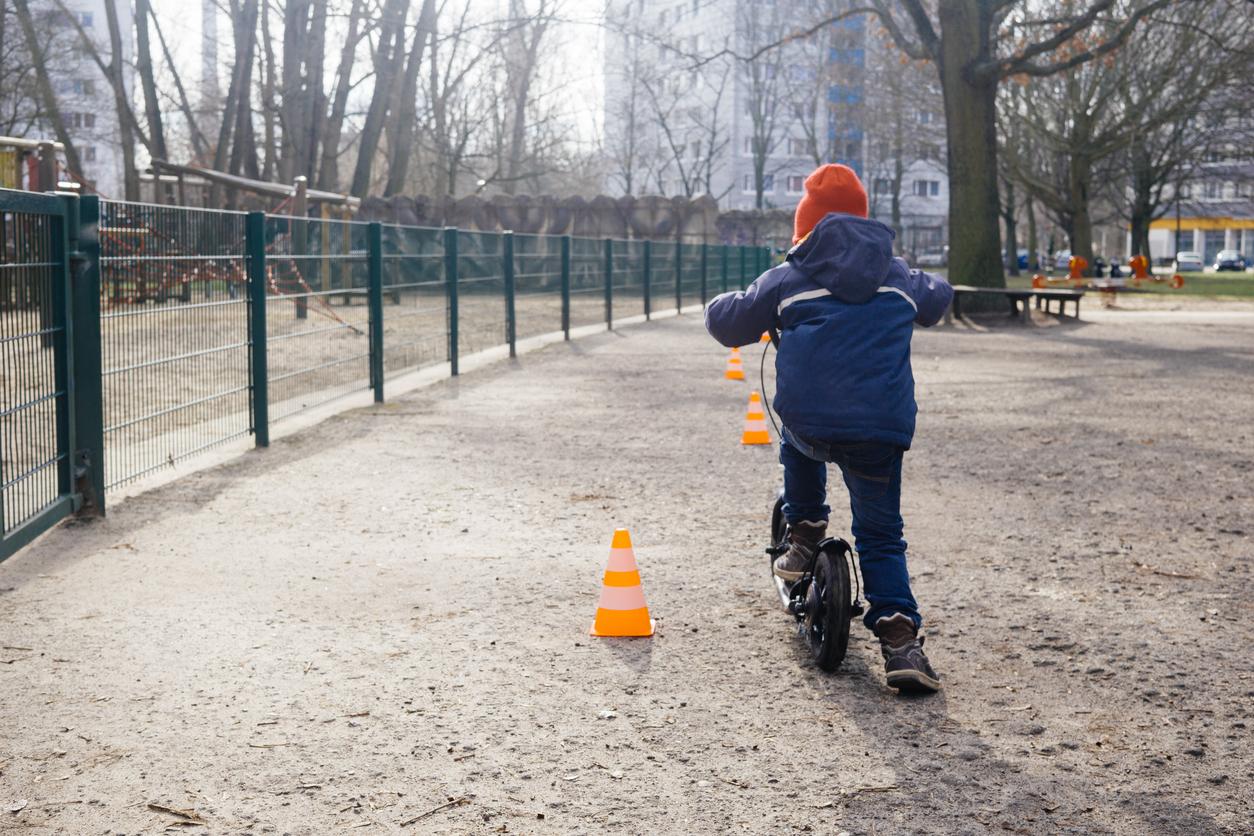Each year, lead exposure causes 600,000 new cases of intellectual disability in children, recalls the World Health Organization (WHO). Low-income countries are the most affected by the phenomenon.
Inhaled or swallowed, lead passes into the blood and is stored, in particular in the bones. The dangers of this lead poisoning, called lead poisoning, for the child are very real: language disorders, behavioral problems, slowing down of growth, motor difficulties.
Old paints containing a high level of lead are, along with the pipes, the main source of contamination. These paints are still too widespread, especially in France in homes built before 1949. Problem, when they decompose into scales, they can fall on toys, furniture and can be easily swallowed by children.
WHO is taking advantage of this International Week of Action for prevention of lead poisoning to challenge the public authorities on this health problem. It calls on countries to strengthen measures to eliminate lead paints.
“Exposure to these products can be completely eliminated through a series of measures designed to restrict production and use,” said Dr Maria Neira, director of the WHO Department of Public Health and Environment, in a report. communicated.
Lead poisoning could be avoided with simple measures such as stripping and covering the offending paints with lead-free paints readily available on the market.
Eliminate the use of lead paints worldwide
Globally, 30 countries have already stopped using lead paints (including France). WHO, through the Global Alliance to Eliminate Lead Paint, is targeting a ban in 70 countries by 2015.
In France, the number of lead poisonings in children aged 1 to 6 has been divided by 20 in ten years, thanks to various measures such as the abolition of leaded gasoline, the ban on pipelines. lead, habitat policies, etc.














